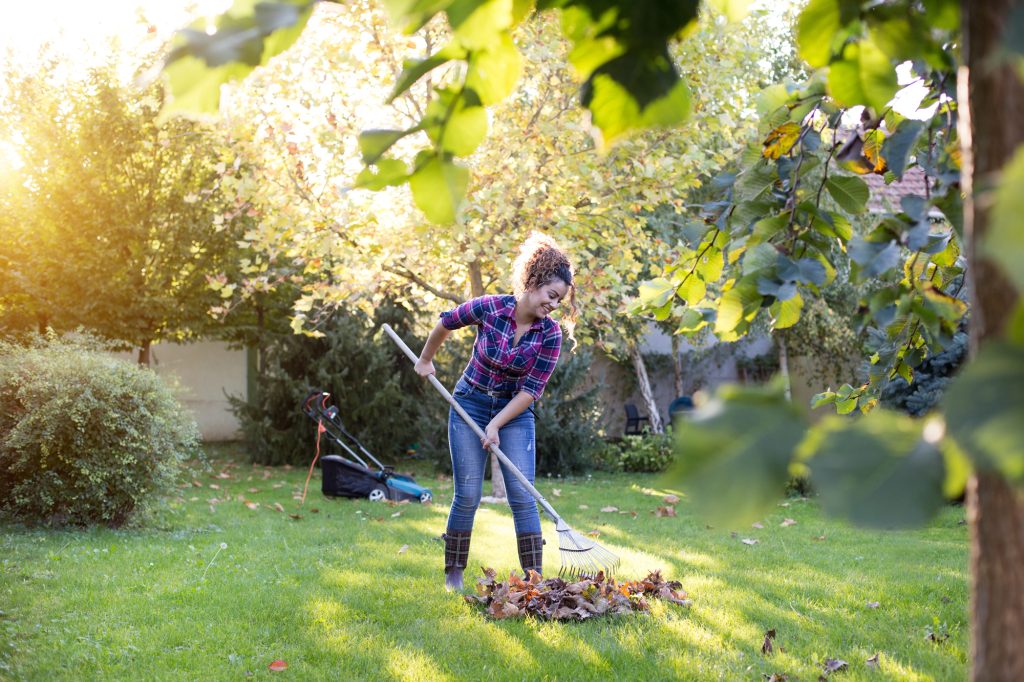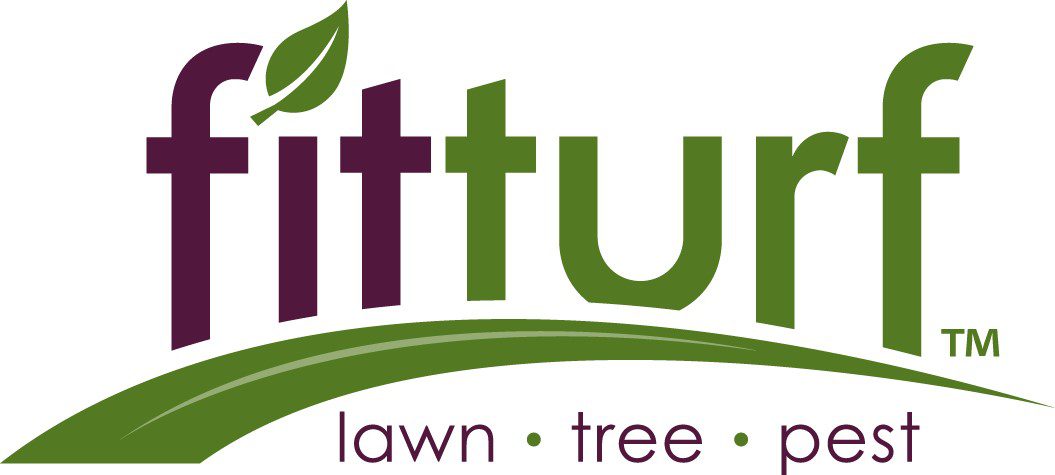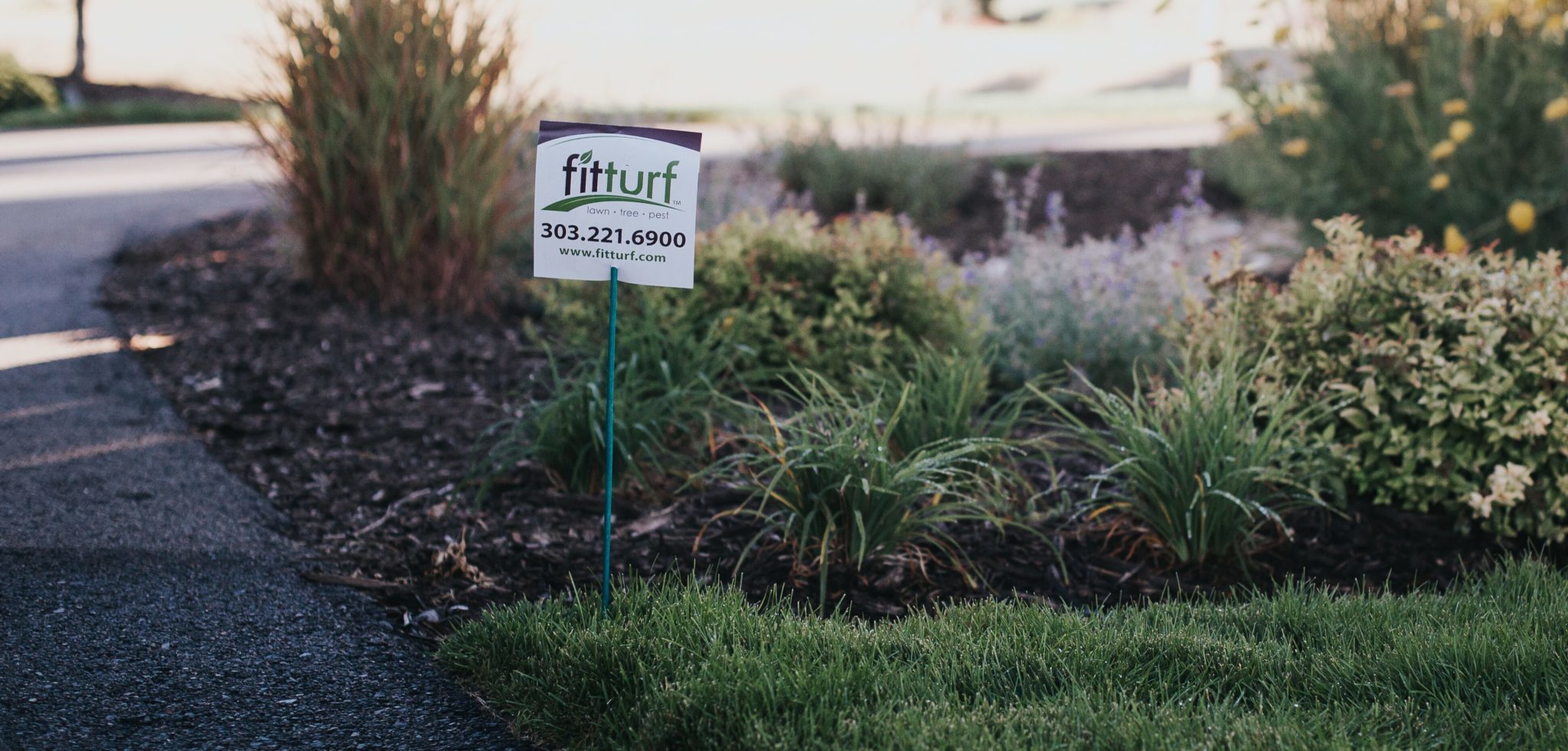7 Must Do’s to Prepare Your Colorado Lawn this Fall

As the summer winds down, you may be tempted to put the lawn mower away and let your grass go wild before winter. Not so fast! Fall is actually the most important season for lawn care along Colorado’s Front Range.
Proper fall lawn preparation can reward you with a thick, green lawn that leaps out of dormancy next spring. Or neglect fall maintenance and face the wrath of dead grass, weeds galore, and other lawn disasters. Don’t panic – a little effort now prevents a huge headache later.
If you live in Denver, Colorado Springs, or anywhere along the Front Range, these 7 must-do tips to ensure your lawn survives and thrives this fall and beyond.
Aerate Your Lawn
Aerating involves punching small holes into the soil to allow air, water, and nutrients to better reach the grass roots. It helps break up soil compaction, which is a common problem in Colorado clay soils.
You can aerate your lawn yourself by renting a core aerator from your local hardware store. Make two passes over the lawn in perpendicular directions to cover the whole area. Or hire a professional lawn service to aerate for you – they have commercial-grade equipment to get the job done quickly.
Aim to aerate your lawn at least once per year in the fall, around early September. Focus on high-traffic areas that are especially compact, like near sidewalks and play areas.
Aerating will stimulate root growth before winter. It also allows new grass seed better contact with the soil during overseeding.
Overseed For Thicker Turf
Overseeding is crucial for maintaining a green, lush lawn in Colorado. Our arid climate, intense sunlight, and cold winters can thin out grass over time. Overseeding helps fill bare spots and thicken up patchy areas.
Buy a seed mix containing mostly cool-season grasses like tall fescue and Kentucky bluegrass. Look for a high percentage of perennial ryegrass as well for fast germination.
The best time to overseed is late August through September, before the weather turns too cold. Mow your lawn short, about 1-2 inches high, to allow good seed-to-soil contact. Remove any dead grass clippings and debris. Next, spread grass seed using a broadcast spreader for even coverage. You’ll need about 5-10 lbs of seed per 1000 sq ft of lawn. Water lightly every day to keep the top 1 inch of soil moist until new grass sprouts. This encourages proper germination.
Fertilize For Healthy Roots
Fertilizing in the fall helps grass plants store nutrients through the winter. This leads to faster green-up and growth in spring.
Look for fertilizers labeled as “winterizer” or with higher potassium content. Potassium strengthens grass roots and increases cold tolerance. Organic options like milorganite are great alternatives to synthetic fertilizers.
We recommend conducting a soil test first to see what nutrients your lawn specifically needs. This will provide fertilizer guidelines tailored to your soil. Otherwise, apply 1 lb of nitrogen per 1000 sq ft around Labor Day. Then fertilize again 6-8 weeks later as temperatures drop. Avoid over-fertilizing, which can damage grass plants.
Control Fall Weeds
Cool-season weeds like dandelions, clover, and bindweed thrive in fall. Get a jump on weed control before they get out of hand.
Spot treat weeds with selective liquid herbicides containing 2,4-D, dicamba, or MCPP. Check the label to ensure the product targets broadleaf weeds but won’t harm your grass type. You can also hand pull small infestations.
Preemergent herbicides like prodiamine prevent weed seeds from sprouting. Apply in mid-September through October according to label directions to stop spring weeds. Consider organic options like corn gluten meal too.
Keep Up With Watering
Continue watering your lawn into early fall to avoid drought stress. Grass uses less water as temperatures cool, so you likely won’t need to water as often.
Gradually taper off irrigation through September and October as fall rains arrive. Let the lawn go dormant once temperatures reach freezing. Water only if extended dry periods occur to prevent total browning.
Adjust sprinklers to wet the soil 4-6 inches deep. Early morning watering is best to limit evaporation loss. Be sure to observe local watering restrictions too.
Remove Leaves and Debris
As fall leaves start to drop on your lawn in Denver or Colorado Springs, make a habit of regularly raking or blowing them off the lawn before they pile up. For lighter leaf falls, mow over the leaves to shred them with your blades. The decomposing leaves will act as a natural fertilizer.
For heavier leaf falls, bag or rake leaves into piles for removal. Compost them or use as garden mulch. Also, take time to clear away fallen branches and other yard debris that could smother grass.
Edge along sidewalks and driveways so leaves don’t accumulate. Cover any bare patches with a light layer of seed-free straw to prevent erosion. One final late season mow will chop up any remaining organic matter.
Staying on top of fall cleanup reduces the risk of damage, pests, and diseases over winter. It’s an important task for a healthy spring lawn!
Schedule Fall Lawn Maintenance
Proper fall lawn care takes some work, but pays off all year long. To remember everything, create a fall maintenance schedule fall your lawn care now.
Aerate, overseed, fertilize, and control weeds in September. Keep mowing into October and remove leaves through November. Adjust watering as needed until shutdown.
Your efforts will be rewarded with a thriving lawn that outcompetes weeds, withstands harsh weather, and stays green even in winter. Don’t let fall lawn maintenance slide – take action now for a gorgeous Colorado lawn.
Fall Lawn Chores Now, Yard Margaritas Later
Don’t let important fall maintenance slide just because the weather is cooling. Take action now to prevent weed invasions, dead grass, and other headaches later. Just think – take care of your yard this fall, and you can kick back with yard margaritas next spring while admiring your handiwork!
Better yet, leave your fall lawn care routine to the experts at Fit Turf. Our customized treatment plans are the best way to turn a 7-step process into a just one. Contact us today to get a free quote and let the margarita sipping begin!

